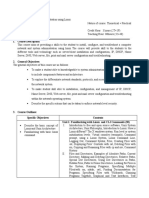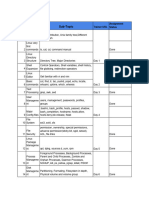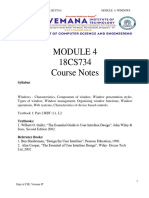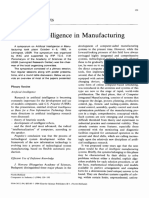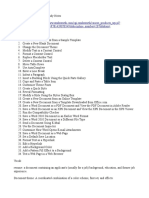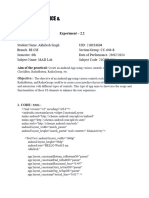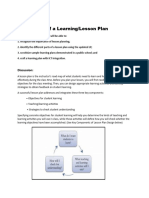Learning Path to Master Linux
Understand Linux Basics (1-2 weeks)
Learn what Linux is, its history, and its core components (kernel, shell, file
system, etc.).
Get familiar with distributions (e.g., Ubuntu, Fedora, Debian) and choose one to
start (Ubuntu is beginner-friendly).
Understand basic concepts: command line, file system hierarchy, permissions, and
processes.
Goal: Be comfortable navigating Linux and running basic commands.
Set Up a Linux Environment (1 week)
Install a Linux distribution on a virtual machine (e.g., VirtualBox, VMware) or
dual-boot on your computer.
Alternatively, use a cloud-based Linux instance (e.g., AWS free tier, Google Cloud)
or WSL2 (Windows Subsystem for Linux) for Windows users.
Goal: Have a working Linux environment to practice commands and configurations.
Master the Command Line (2-4 weeks)
Learn essential commands: ls, cd, pwd, cp, mv, rm, chmod, chown, find, grep, man.
Understand piping (|), redirection (>), and basic shell scripting.
Explore text editors like nano, vim, or emacs.
Goal: Gain confidence in navigating and manipulating files via the terminal.
System Administration Basics (4-6 weeks)
Learn user and group management (useradd, usermod, groupadd).
Understand package management (e.g., apt for Ubuntu, dnf for Fedora, yum for
CentOS).
Explore process management (ps, top, kill) and system monitoring (htop, df, du).
Study file permissions and basic security (e.g., sudo, firewalls with ufw).
Goal: Manage users, install software, and monitor system resources.
Networking and Servers (4-6 weeks)
Learn networking basics: IP addresses, DNS, SSH (ssh), and file transfer (scp,
rsync).
Set up a simple web server (e.g., Apache, Nginx) or experiment with Docker.
Explore network troubleshooting (ping, netstat, nslookup, curl).
Goal: Configure basic network services and understand connectivity.
Shell Scripting and Automation (4-8 weeks)
Write basic Bash scripts to automate tasks (e.g., backups, log analysis).
Learn loops, conditionals, variables, and functions in Bash.
Experiment with tools like cron for scheduling tasks.
Goal: Automate repetitive tasks and understand scripting logic.
Advanced Topics (Ongoing)
Dive into system configuration (e.g., /etc files, systemd).
Explore advanced tools like awk, sed, and regular expressions.
Learn about containers (Docker, Podman) and orchestration (Kubernetes).
Study Linux security (SELinux, AppArmor, firewalls).
Goal: Build expertise in specific areas like DevOps, security, or cloud.
Practice and Projects (Ongoing)
Build projects: Set up a personal web server, create a backup script, or deploy a
LAMP stack.
Contribute to open-source projects or participate in Linux forums (e.g., Reddit’s
r/linux, Stack Exchange).
Experiment with different distros (e.g., Arch Linux for advanced users).
Goal: Apply knowledge to real-world scenarios and deepen understanding.












